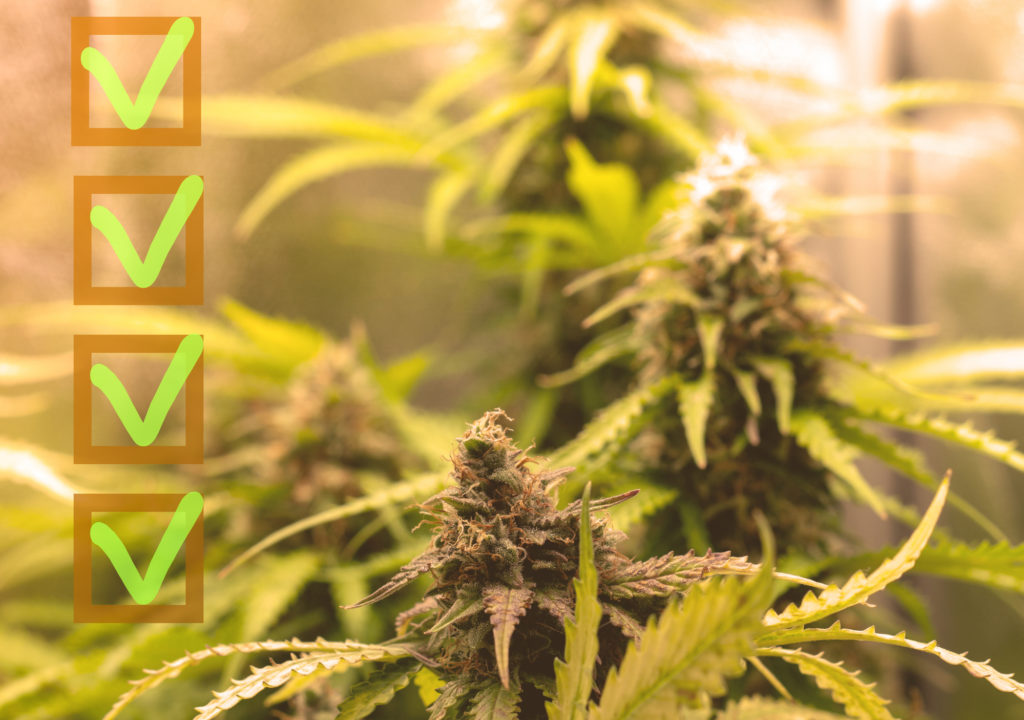We’ve been writing about eligibility criteria for licensure for the New York Conditional Adult-Use Retail Dispensary (“CAURD”) (here and here). In addition to the Office of Cannabis Management’s (the “OCM”) handy FAQ, it also recently published a scoring criterion to score eligible applicants after they have met the minimum requirements for each type of eligible applicant: 1) the business criteria applicant and 2) the nonprofit criteria applicant.
Here’s the long and short of it: once an applicant has met the minimum requirements, applicants with complete and verified applications are eligible to be scored and selected for a provisional CAURD license.
Within each region and based upon each eligibility criteria, applicants will be ranked by scores as calculated in accordance with the Scoring Criteria outlined below. The top scoring applicants who rank that region as their first preference, up to the number of allocated or available licenses in that region, will be selected for a provisional license in that region. It appears that the only way an applicant can guarantee their preferred region for a provisional CAURD license is to score the highest.
The scoring criteria
Applicants will be scored differently, based upon whether they slot into business criteria or nonprofit criteria. Although the OCM has not put specific number metrics to each of the below factors, they noted that the following factors will be weighted more heavily in the application scoring process.
For business criteria applicants, the most heavily weighted factors for the scoring process include:
- If the marijuana-related conviction was on the justice-involved owner with sole control themselves or a parent, legal guardian, child, spouse, or dependent;
- If the relevant arrest occurred in an area that has been negatively impacted by over policing and mass incarceration, or has historically low median household incomes;
- If the qualifying business has similar characteristics to a cannabis dispensary, such as the sale of retail goods, inventory management, a physical store, and paid employees; and
- The strength of the applicant’s qualifying business experience, as judged by length of time in operation, size of the business, net revenue, and compliance with state and local laws, rules and regulations.
For nonprofit criteria applicants, the most heavily weighted factors for the scoring process include:
- The demonstrated history of working with justice involved individuals, including length of time working with this population, having justice involved individuals on the Board, the proportion of program expenses that serve this population, and the location of the social enterprise;
- If the qualifying nonprofit has demonstrated good governance principles, as shown by audited financials and the ratio of overhead and programming costs;
- If the social enterprise has similar characteristics to a retail cannabis dispensary, such as the sale of retail goods, inventory management, a physical store, and paid employees; and
- The strength of the applicant’s social enterprise experience, as judged by the length of time in operation and size of the business.
Importantly the nonprofit criteria applicants will be scored and selected separately from other applicants, ensuring that all applicants are given fair chance at selection.
The selection process for qualified CAURD license applicants
During the application for a CAURD license, applicants are able to select up to five (5) regional preferences from the fourteen (14) listed regions within the State of New York for a dispensary location. The allocations for each region will be announced at a later date. The regions of New York State are: Bronx, Brooklyn, Capital Region, Central NY, Finger Lakes, Long Island, Manhattan, Mid-Hudson, Mohawk Valley, North Country, Queens, Richmond, Southern Tier, and Western NY.
Within each region, applicants will be ranked by scores, as described in the Scoring Criteria detailed here. The top scoring applicants who rank that region as their first preference, up to the number of allocated or available licenses in that region, will be selected for a provisional license in that region.
Nonprofit provisional licensees will be selected only from the top scoring applications of this type and will not be mixed with the business criteria applicants. The OCM also noted that because of the anticipated smaller number of nonprofit licensees, these applicants will be selected within only two regional pools: New York City and the rest of New York State.
In the event of a tie between applicants where issuing a license to each applicant that had a tied score would exceed the limit on licensees in a given region, a random selection process will be used. The order in which applicants are randomly selected will be their final selection sequence and will determine who is granted a provisional license.
If a region does not reach its CAURD license allocation after all applicants have been selected for a provisional license based on their first regional preference, then the top scoring applicants who chose that region as their second regional preference will be considered for a provisional license in that region. If necessary, third, fourth, or fifth regional preferences will be considered until the region has reached its license allocation.
In the strangest about-face as it relates to the immediately preceding paragraph, the OCM noted that the selection process will prioritize assigning applicants to their first regional preference, even if that means an applicant would be put on a waitlist for a location in that region. Applicants on a waitlist for a location in a region will not be considered for selection in another region where they ranked lower on their application.
It appears that applicants may remain on a waitlist for their top region instead of being awarded their second ranked region. Hopefully the OCM will offer some clarity on the difference between being waitlisted for a first-choice region versus receiving a license in a second-choice region.
























